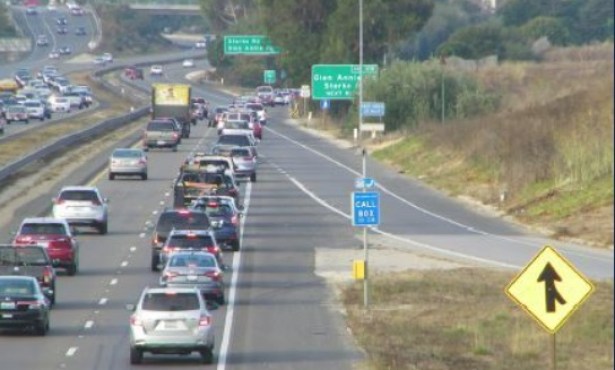The End of Tenant Protections in Santa Barbara County?
Federal Tenant Protections End, Thousands Waiting for Rental Assistance

Federal protections for renters officially expired on July 1, ending protections for millions of tenants and families in America still struggling to recover financially from the COVID-19 pandemic.
Going forward, this means that any and all rents must be paid in full every month, and a landlord is within their rights to evict or sue a tenant for unpaid rent. However, landlords are still prohibited from suing or evicting a tenant for unpaid rent accumulated between March 2020 and September 2021.
Additionally, local governing bodies are now permitted to create laws to extend tenant protections. Alex Entrekin, a housing attorney at the Legal Aid Foundation of Santa Barbara, said Legal Aid is anticipating an increase of tenants seeking help and more landlords taking tenants to court. “It’s hard to know for sure,” he said. “But we’ve seen spikes, and we anticipate that we’ll be seeing more.”
An analysis by the National Equity Atlas and the Right to the City Alliance estimated more than 700,000 households in California to have rent debt, with households having an average of $4,600 in rent debt. These estimates are based on Census Household Pulse data, collected between April 27 and May 9, 2022.
Sign up for Indy Today to receive fresh news from Independent.com, in your inbox, every morning.
In June 2021, Governor Gavin Newsom signed off on a $5.5 billion rental relief package, vowing to pay off 100 percent of Californians unpaid rent to those who applied for rental assistance by the deadline of March 31, 2022.
Steve Ortiz, CEO of United Way of Santa Barbara County, said 3,327 households in the county have received aid, and more than 3,000 applications are still being processed. In total, more than $25 million in rental assistance has been distributed to renters in Santa Barbara County. This money comes from federal and state funding, Ortiz said, from numerous organizations that have periodically given funds since the pandemic began.
A major issue with the distribution of rental aid has been the wait time, with a massive influx of applications creating a delay in distributing funds. United Way has not accepted any applications after March 31 of this year, and Ortiz said there are still 3,153 applications being processed. Some of these could be duplicate applications, and all would need to be verified to know the true number of people waiting to receive aid.
Another potential problem Ortiz raised was the remaining funds for rental assistance. United Way currently has about $11 million in funds left, but if all current applicants were approved, Ortiz said it would require more than $30 million. California has the funds, he said, but the county would need to request further aid. “It is available, but the county has to request additional funding,” Ortiz said. Currently, it is unclear if Santa Barbara County plans to request these funds.
For some landlords, the end of these protections is a relief. Attorney Betty Jeppesen, president of the Santa Barbara Rental Property Association, said she has represented several Santa Barbara property owners who’ve struggled with tenants refusing to apply for rental assistance. “There was a lot of confusion and reluctance with tenants applying [for rental assistance],” she said, explaining that most tenants did not give an explanation for their refusal to apply.
The majority of SBRPA members are “mom and pop” landlords, Jeppesen said, only owning a handful of properties. “Some have been without income on properties for over two years now,” she said. “But their insurance, property maintenance, property managers, and taxes have only gone up.”
Editor’s Note: This story was updated on July 6 to add comments from Betty Jeppesen.
Support the Santa Barbara Independent through a long-term or a single contribution.



